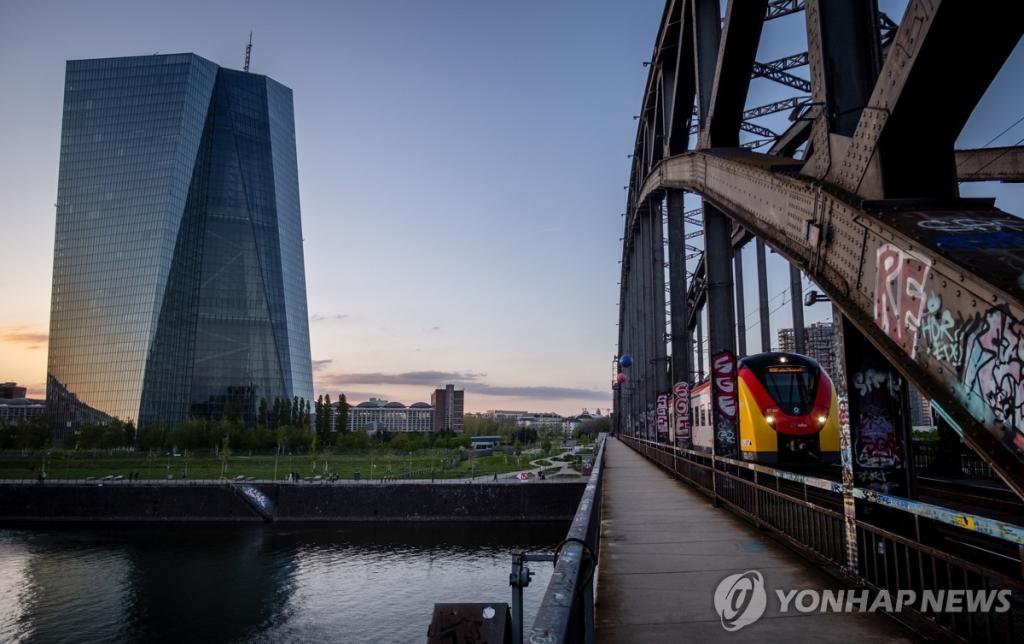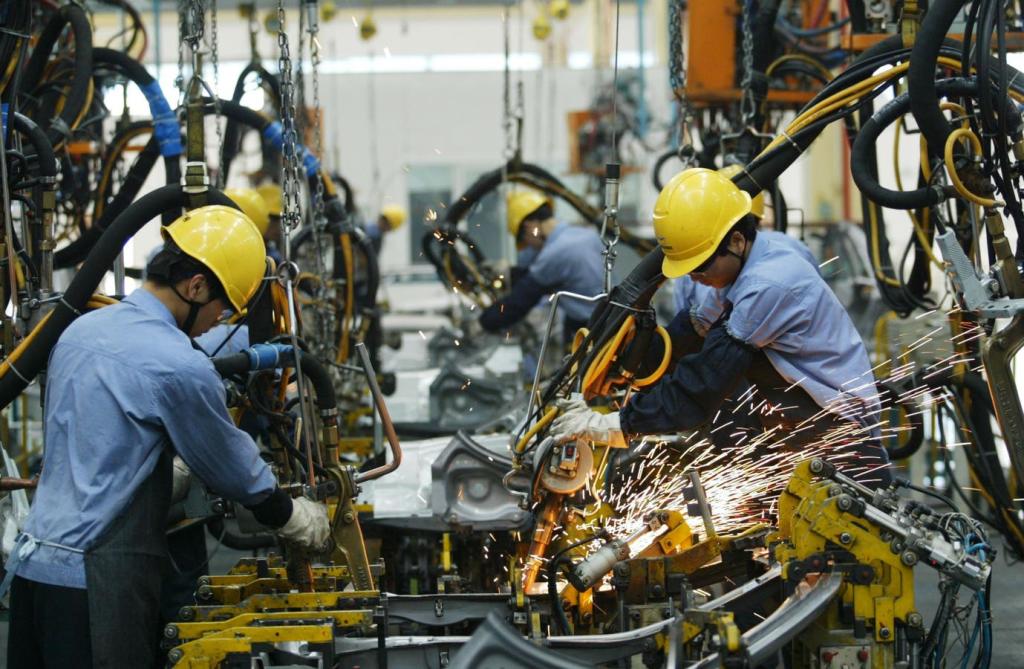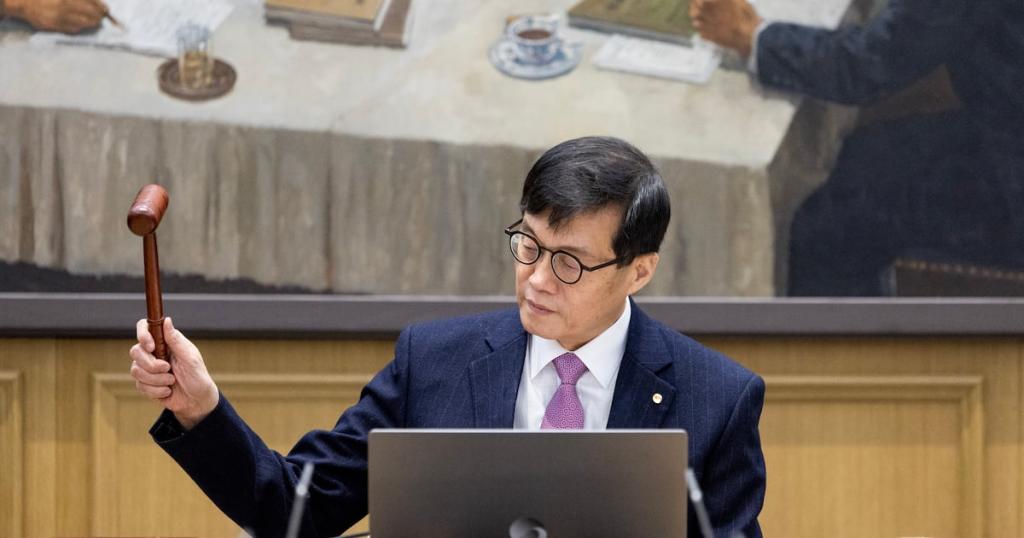Rhineland-Palatinate's Inflation Rate Hits Three-Year Low
Rhineland-Palatinate's inflation drops to a three-year low, driven by falling energy prices, reshaping consumer costs and economic trends.

Key Points
- Rhineland-Palatinate
's inflation rate fell to 1.9% in August 2024, the lowest level in over three years, largely due to decreased energy prices.
- While energy prices dropped by 5.1%, food prices surged, particularly for cooking oils, highlighting the uneven nature of inflation impacts.
- The European Central Bank
may consider interest rate cuts as Germany nears its inflation target, aiming to stimulate economic growth amid rising real wages.
In August 2024, Rhineland-Palatinate experienced a significant drop in its inflation rate, marking the lowest level observed in over three years. This decrease was largely driven by a decline in energy costs, which contributed to a more stable economic environment for consumers. The analysis of various data sources reveals not only the current state of inflation but also the complexities involved in the economics of daily living for residents. This blog will delve into the factors that led to this decrease, reflect on ongoing trends, and explore implications for the future.
The reported inflation rate in Germany as of August 2024 stood at 1.9% year-on-year, with energy prices declining by 5.1%. This downturn is particularly striking, as it represents a move below the 2% benchmark for the first time since April 2021. Such a shift is extraordinary, especially following a period characterized by increasing costs across the board, which had burdened consumers significantly. The Federal Statistical Office highlighted that inflation was primarily moderated by energy prices, while other consumer prices for goods and services rose much less steeply.

Impact of Energy Prices on Inflation
Energy prices have a profound influence on inflation, and August's figures reflect this reality. For instance, mineral oil products saw an 8% decrease compared to the previous year, showcasing the impact of lower raw oil costs and the strong Euro against the Dollar. Moreover, electricity prices also fell by 5.3% for consumers. This scenario illustrates how external market influences, such as currency fluctuations and international oil prices, can directly affect local economies.
In contrast, the price for district heating spiked by 35.8%, spotlighting the mixed nature of inflation data. This inconsistency reminds us that while some areas benefit from falling prices, others may still struggle with significant cost increases. Such patterns underline a fragile equilibrium in consumer markets, where not all goods or services experience the same pricing trends.
Food Prices: The Other Side of Inflation
Examining the food sector further complicates our understanding of inflation. While overall food prices increased by an average of 2%, specific categories saw dramatic changes. For example, cooking oils and fats rose significantly by 17.8%, which has been attributed to poor harvests in Southern Europe affecting olive oil production. This discrepancy underscores the importance of agricultural stability in price determination and illustrates how global events can have local consequences.
Additionally, the inflation rate excluding food and energy—often referred to as 'core inflation'—is also relevant. In August, this rate stood at 2.8%, indicating that while energy commodities may be driving some price reductions, overall service costs are still experiencing inflationary pressure, largely due to rising wage demands in labor-intensive industries.
The Way Forward: Opportunities and Challenges
As we analyze these trends, it's essential to recognize the opportunities and challenges that come from this inflation dynamic. The European Central Bank (ECB) aims for a long-term inflation rate of around 2%, and with Germany's inflation now close to this goal, a potential interest rate cut is anticipated. This could stimulate economic activity, making borrowing cheaper for both consumers and businesses.
However, economic optimism must be tempered with caution. While a drop in inflation rates brings relief to consumers, it can signal underlying economic shifts, such as reduced consumer spending or slowed economic growth. Indeed, although real wages have risen by an average of 3.1%, concerns still loom over prolonged economic stagnation. This presents a dual challenge: maintaining consumer confidence while encouraging sustainable economic growth.
In summary, the recent drop in inflation rates in Rhineland-Palatinate serves as a compelling case study. It reflects the complex interplay between energy prices, food costs, and consumer behavior. As economic factors continue to evolve, staying informed about inflation trends will empower consumers and businesses alike to navigate this volatile landscape with greater resilience and foresight.


